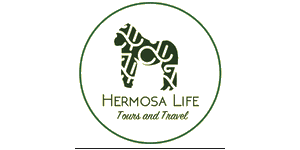
Safari Tours to Akagera NP
-
![3-Day Akagera National Park Safari & Golden Monkey Trek]()
3-Day Akagera National Park Safari & Golden Monkey Trek
$1,058 pp (USD)
Rwanda: Private tour
Mid-range Lodge & HotelYou Visit: Kigali (Start), Akagera NP, Kigali, Volcanoes NP (Gorillas), Kigali (End)

Hermosa Life Tours and Travel
5.0/5 – 169 Reviews
-
![3-Day Big 5 Safari Adventures in Akagera National Park]()
3-Day Big 5 Safari Adventures in Akagera National Park
$1,331 pp (USD)
Rwanda: Private tour
Mid-range Tented CampYou Visit: Kigali (Start), Akagera NP, Kigali (End)

Kingfisher Journeys
5.0/5 – 1 Reviews
-

12-Day Rwanda Safari&Beyond (Volcano Nyungwe Akagera)
$9,350 pp (USD)
Rwanda: Private tour
Mid-range Lodge & HotelYou Visit: Kigali (Start), Nyungwe NP (Chimps), Kibuye (Town), Gisenyi (Lake Kivu), Ruhengeri (City), Volcanoes NP (Gorillas), Akagera NP, Genocide Memorial (Kigali), Kigali (End)

Golden Rwanda Safaris
5.0/5 – 259 Reviews

 Rwanda Parks
Rwanda Parks











